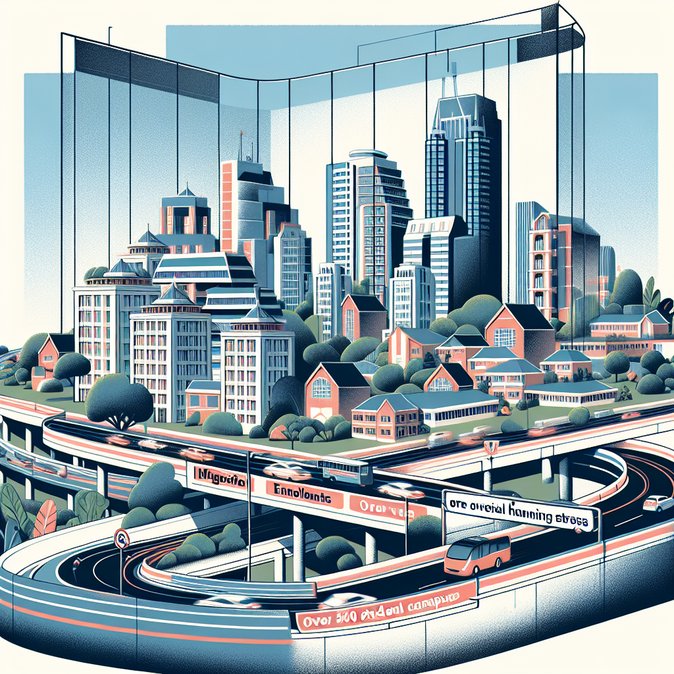
Effective 14 November 2025, Australia’s Department of Home Affairs has replaced last year’s “managed-growth” order (MD 111) with Ministerial Direction 115 (MD 115), resetting the priority rules that determine how quickly offshore Subclass 500 student-visa applications are processed.
The new directive retains the controversial traffic-light model introduced in 2024—but tightens it. Schools, English-language colleges, government-funded TAFE courses, postgraduate research and DFAT-sponsored students remain in Tier 1 and can expect decisions in as little as one to four weeks. Tier 2 now covers higher-education and VET providers that are using less than 80 % of their 2026 planning allocation, with indicative processing of five to eight weeks. Providers that have already exceeded their allocation by 15 % or more are pushed into the slow lane (Tier 3) with time frames of nine to 12 weeks.
![Australia activates Ministerial Direction 115, overhauling offshore student-visa queue]()
Unlike MD 111, the new order introduces a hard “snapshot” rule: an applicant’s priority tier is locked at the moment they lodge and cannot be upgraded later if the provider’s status improves. That change is designed to deter institutions from over-enrolling international students late in the recruitment cycle, a practice that Home Affairs says distorts migration forecasts.
Home Affairs data released with the announcement show the policy is already biting. Offshore student-visa lodgements were 26 % lower in the first ten months of 2025 than the same period last year, and commencements fell 16 %. Government officials say a slower but “higher-quality” pipeline will help ease rental pressures in major cities while pushing some growth into regional campuses, which continue to receive priority.
For education providers the practical implication is clear: exceed your National Overseas Student Commencement (NOSC) ceiling and your future applicants will wait longer. Agents are advising students—particularly from India, China and Nepal—to confirm their institution’s tier status before paying tuition deposits. Corporates that rely on streamlined study pathways for assignee families should also build extra buffer time into relocation schedules this intake cycle.
The new directive retains the controversial traffic-light model introduced in 2024—but tightens it. Schools, English-language colleges, government-funded TAFE courses, postgraduate research and DFAT-sponsored students remain in Tier 1 and can expect decisions in as little as one to four weeks. Tier 2 now covers higher-education and VET providers that are using less than 80 % of their 2026 planning allocation, with indicative processing of five to eight weeks. Providers that have already exceeded their allocation by 15 % or more are pushed into the slow lane (Tier 3) with time frames of nine to 12 weeks.

Unlike MD 111, the new order introduces a hard “snapshot” rule: an applicant’s priority tier is locked at the moment they lodge and cannot be upgraded later if the provider’s status improves. That change is designed to deter institutions from over-enrolling international students late in the recruitment cycle, a practice that Home Affairs says distorts migration forecasts.
Home Affairs data released with the announcement show the policy is already biting. Offshore student-visa lodgements were 26 % lower in the first ten months of 2025 than the same period last year, and commencements fell 16 %. Government officials say a slower but “higher-quality” pipeline will help ease rental pressures in major cities while pushing some growth into regional campuses, which continue to receive priority.
For education providers the practical implication is clear: exceed your National Overseas Student Commencement (NOSC) ceiling and your future applicants will wait longer. Agents are advising students—particularly from India, China and Nepal—to confirm their institution’s tier status before paying tuition deposits. Corporates that rely on streamlined study pathways for assignee families should also build extra buffer time into relocation schedules this intake cycle.







